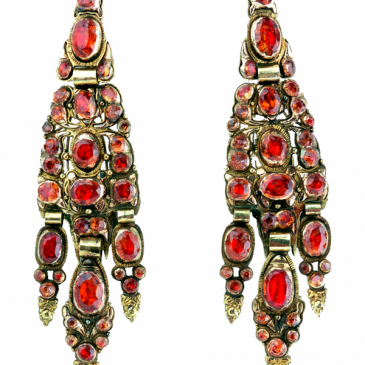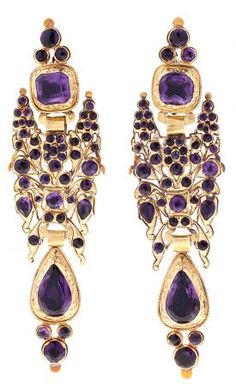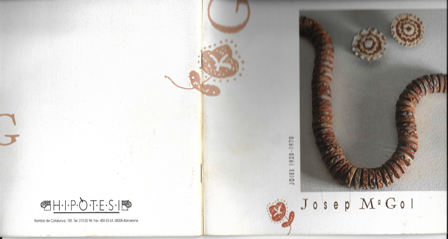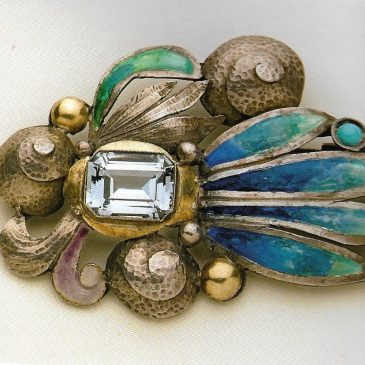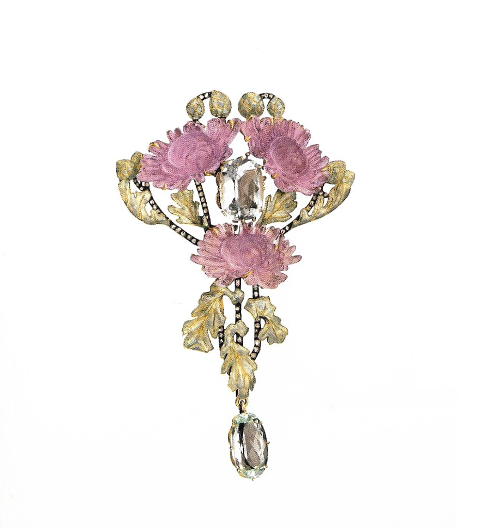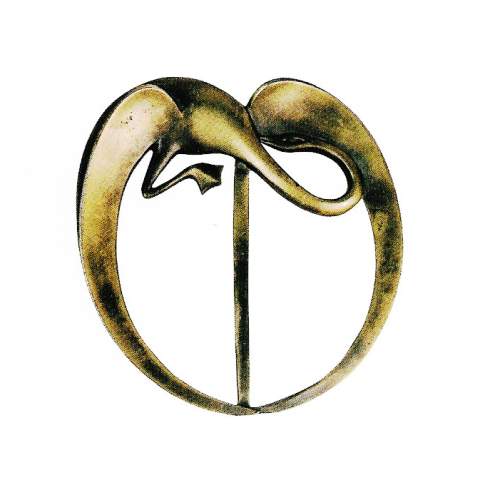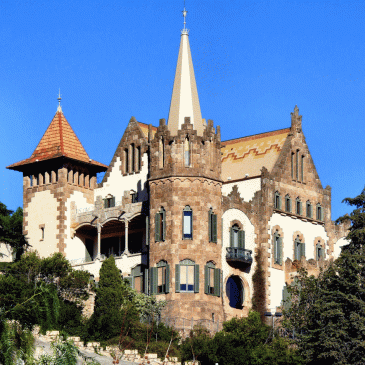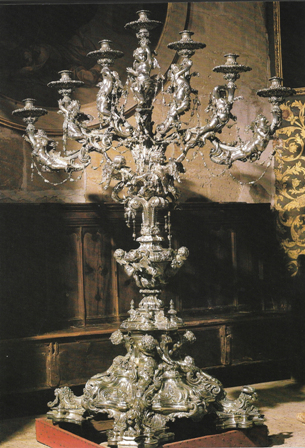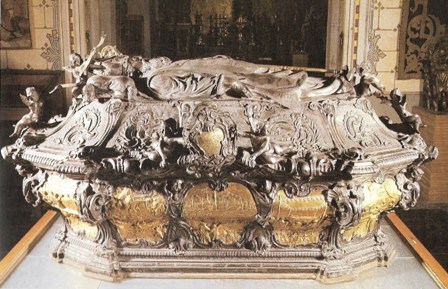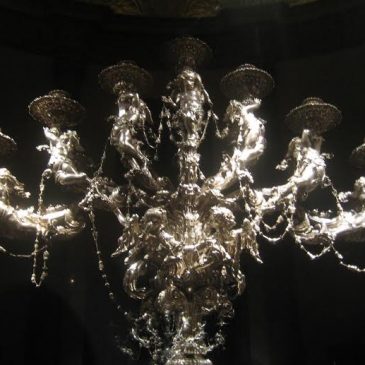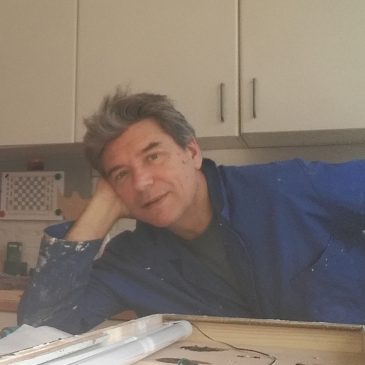The Catalan earring
The Catalan earring from the late eighteenth and early nineteenth century the Catalan earring from the late eighteenth and early nineteenth century. The earring is a gem that is attached to the earlobe Over the centuries the earrings were an important element in personal ornamentation of women and men of different civilizations. The earrings like all jewels, apart from having an ornamental function has a personal, differentiator, Identification of group and social hierarchy. but now, we want to fix the earring traditional Catalan, as artistic expression, used by women since the end of … Continued





